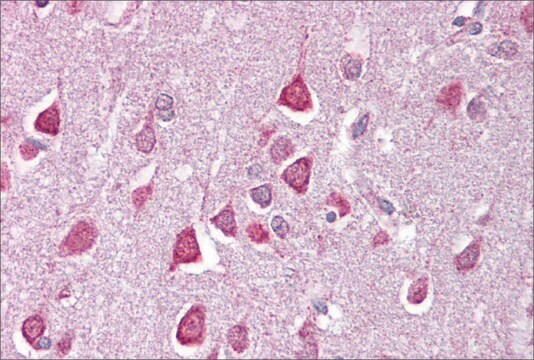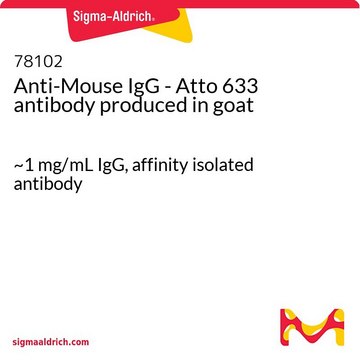SCC727
3dGRO® Colorectal Organoids (CSC.449N)
Human
Synonym(s):
Colon Organoid, Colon Tumor Organoid, Colorectal Cancer Organoid, Human CRC Organoids
About This Item
Recommended Products
product name
3dGRO® Colorectal Organoids (CSC.449N),
biological source
human
Quality Level
packaging
vial of ≥1500 organoids vial
manufacturer/tradename
Millipore
technique(s)
cell culture | mammalian: suitable
cell culture | stem cell: suitable
shipped in
liquid nitrogen
storage temp.
−196°C
Application
- Viability: >1500 viable organoids/vial
- Organoid Growth: Pass
- Cells are tested negative for infectious diseases by a Human Essential CLEAR panel by Charles River Animal Diagnostic Services.
- Mycoplasma Contamination: Negative
- STR Profile: Pass
Features and Benefits
Target description
We are now offering a comprehensive biobank of highly characterized tissue-derived human gastrointestinal organoids from normal and diseased patients. The intestinal organoid biobank contains over 50 highly characterized intestinal organoids from both normal and diseased patients derived from multiple regions of the digestive systems including small intestine (duodenum, ileum), stomach, rectum and colon.
Cell Line Characteristics
- Sex: Male
- Age: 40 Years
- Organ: Colon
- Disease: Normal (Adjacent Tissue to Tumor)
Storage and Stability
Other Notes
Legal Information
Disclaimer
Storage Class Code
10 - Combustible liquids
WGK
WGK 3
Flash Point(F)
Not applicable
Flash Point(C)
Not applicable
Regulatory Listings
Regulatory Listings are mainly provided for chemical products. Only limited information can be provided here for non-chemical products. No entry means none of the components are listed. It is the user’s obligation to ensure the safe and legal use of the product.
PDSCL
Deleterious substance
ISHL Indicated Name
Substances Subject to be Indicated Names
ISHL Notified Names
Substances Subject to be Notified Names
JAN Code
SCC727:
Certificates of Analysis (COA)
Search for Certificates of Analysis (COA) by entering the products Lot/Batch Number. Lot and Batch Numbers can be found on a product’s label following the words ‘Lot’ or ‘Batch’.
Already Own This Product?
Find documentation for the products that you have recently purchased in the Document Library.
Our team of scientists has experience in all areas of research including Life Science, Material Science, Chemical Synthesis, Chromatography, Analytical and many others.
Contact Technical Service




